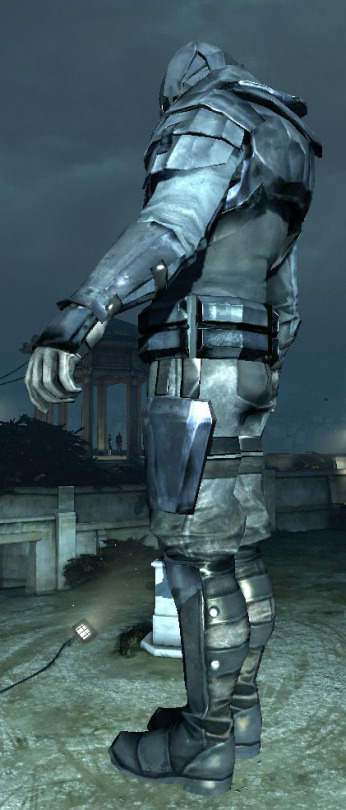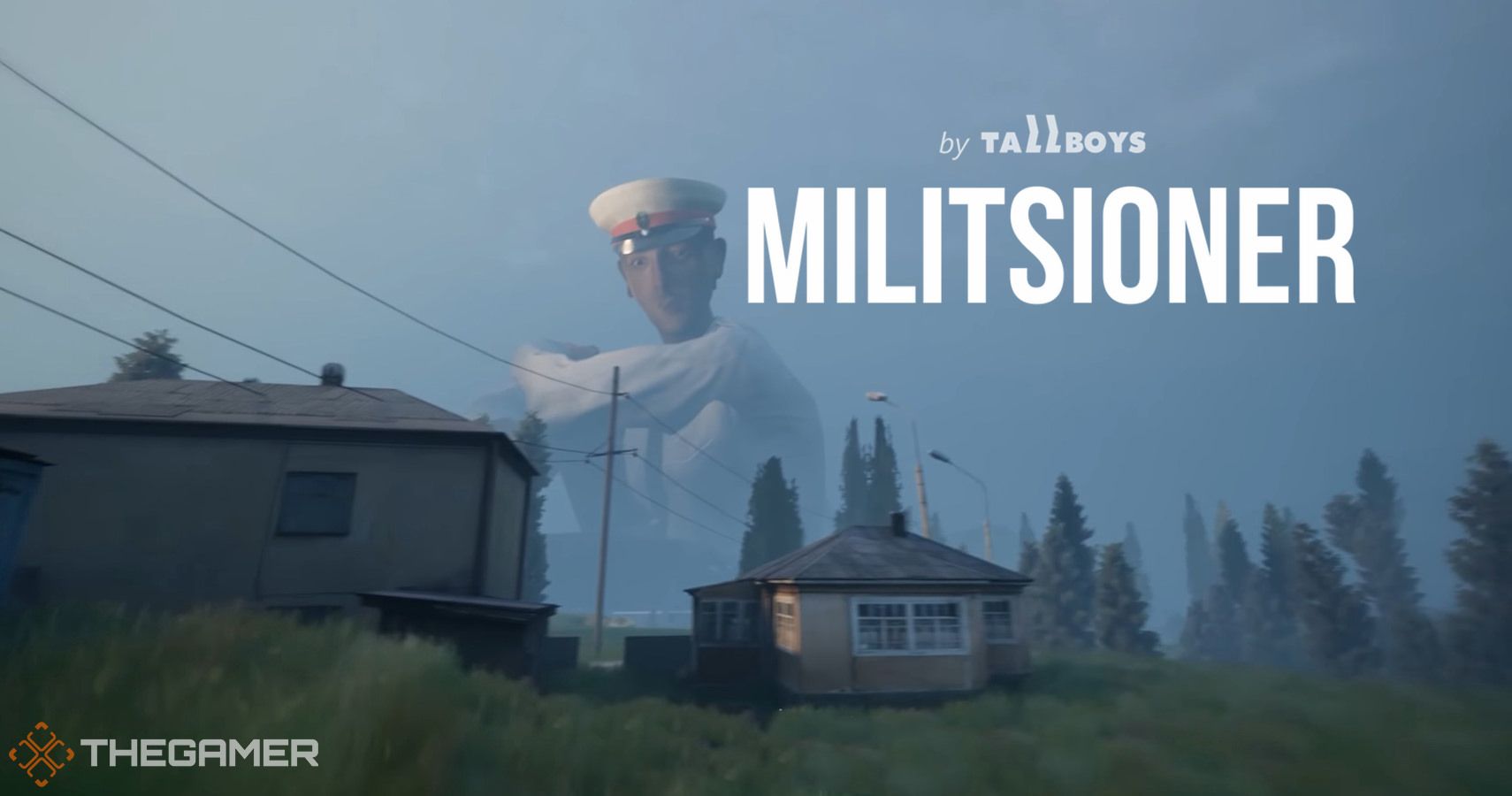

Although such ministers are members of their respective countries' cabinet, they usually do not report to the prime minister and parliament, but only to the president.

The Soviet and successor MVDs have usually been headed by a militsiya general and predominantly consist of service personnel, with civilian employees only filling auxiliary posts. Their functions and organization differ significantly from similarly named departments in Western countries, which are usually civil executive bodies headed by politicians and responsible for many other tasks as well as the supervision of law enforcement. Its regional branches are officially called Departments of Internal Affairs-city department of internal affairs, raion department of internal affairs, oblast department of internal affairs, etc.
Militsioner meaning full#
Eventually, it was replaced by the Ministry of Internal Affairs (Russian: МВД, MVD Ukrainian: МВС, MVS Belorussian: МУС, MUS), which is now the official full name for the militsiya forces in the respective countries. The militsiya was reaffirmed on October 28 (November 10, according to the new style dating), 1917 under the official name of the Workers' and Peasants' Militsiya, in further contrast to what the Bolsheviks called the " bourgeois class protecting" police.

The name originates from a Provisional Government decree dated April 17, 1917, and from early Soviet history, when both the Provisional Government and the Bolsheviks intended to associate their new law enforcement authority with the self-organization of the people and to distinguish it from the czarist police. Soviet Militsiya officer's cap cockade (service/parade version).


 0 kommentar(er)
0 kommentar(er)
